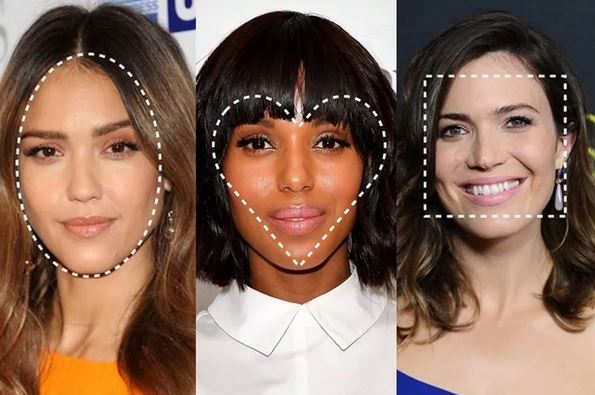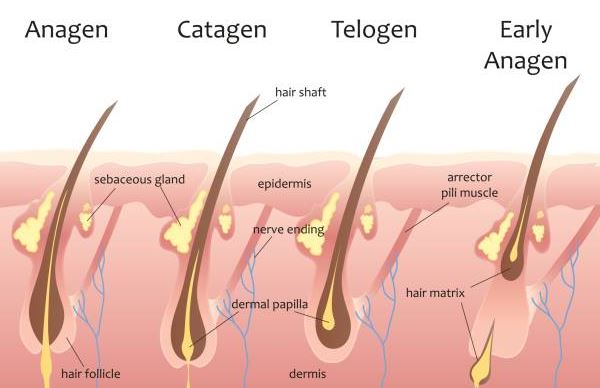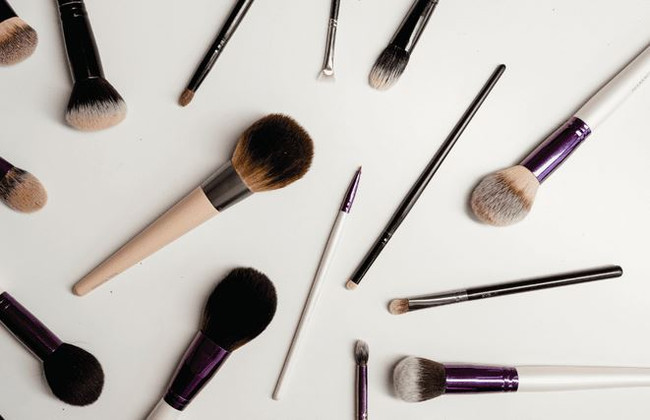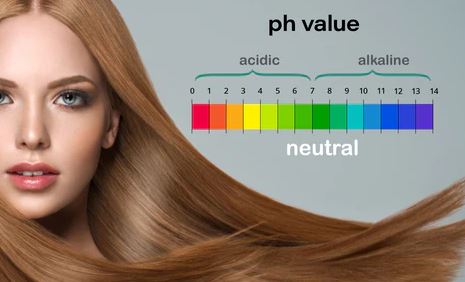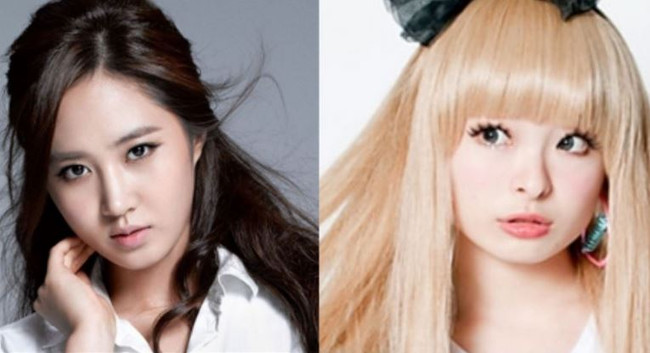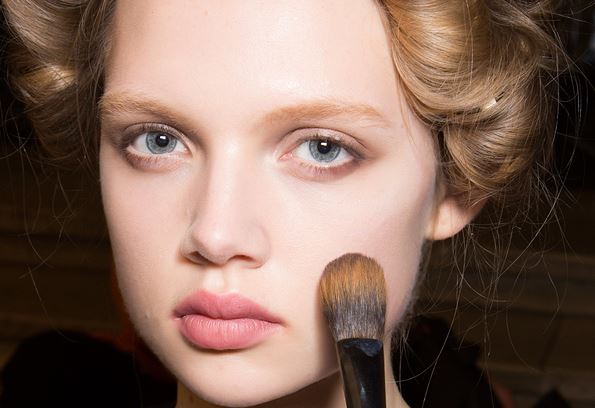Hair parting is an often overlooked aspect of hairstyling that can significantly enhance your facial features and overall appearance. The way you part your hair has the power to frame your face, accentuate your best features, and create balance. Whether you have long hair, short hair, or anything in between, mastering the art of hair parting can transform your look. In this article, we will explore the techniques, tips, and considerations for achieving the perfect hair part to enhance your facial features. Join us as we delve into the topic "The Art of Hair Parting: Enhancing Your Facial Features" and unlock the secrets to a flattering and personalized hair parting style.
Understanding Your Face Shape
Before diving into the various hair parting techniques, it's crucial to identify your face shape. Different face shapes require different approaches to hair parting to achieve the most flattering results. The main face shapes are:
-
Oval: Oval faces have balanced proportions, with a slightly wider forehead and prominent cheekbones. This face shape is versatile and can pull off various hair parting styles.
-
Round: Round faces have soft, curved edges with equal width and length. Creating height and elongation with a side or diagonal hair part can complement round faces.
-
Square: Square faces feature a strong, angular jawline and a forehead of similar width. Softening the jawline with a deep side part or a center part can enhance square faces.
-
Heart: Heart-shaped faces have a wider forehead and a narrower, pointed chin. A side part that adds volume at the jawline or a center part can balance the face shape.
-
Diamond: Diamond faces have defined cheekbones and a narrower forehead and chin. A center part or a deep side part can soften the angles and enhance diamond faces.
-
Long/Rectangular: Long faces have more length than width, with a straight or squared-off hairline. A center part or a side part that adds width can balance long faces.
Identifying your face shape will serve as a guide when choosing the most flattering hair parting style.
Hair Parting Techniques
1. Center Part
The center part is a classic and timeless style that suits various face shapes. It creates symmetry and draws attention to the middle of the face. To achieve a clean center part, use a fine-toothed comb or your fingers to divide your hair down the center, starting from the hairline and working toward the crown. This technique works well for oval, heart, and diamond face shapes.
2. Side Part
The side part is a versatile style that adds asymmetry and can complement different face shapes. To create a side part, use a comb to draw a straight line from the arch of your eyebrow toward the crown. Shift your hair to one side, allowing it to fall naturally. You can experiment with different placements to find the most flattering angle for your face shape.
3. Deep Side Part
The deep side part is a more dramatic variation of the side part that adds depth and volume. Start by creating a side part as mentioned above, but place it farther from the center, almost near the outer corner of your eyebrow. This technique works well for round, square, and rectangular face shapes as it creates asymmetry and softens angular features.
4. Zigzag Part
The zigzag part adds a playful and unique touch to your hairstyle. Using a comb, create a series of small, diagonal partings alternating between the left and right sides of your head. This style works well for all face shapes and can add visual interest and texture to your look.
5. Diagonal Part
The diagonal part is a subtle variation that adds dimension and angles to your hairstyle. Instead of a straight line, create a diagonal part that slants from one side toward the crown. This technique works well for oval, heart, and diamond face shapes, creating a flattering balance and softening angular features.
Tips for Enhancing Your Facial Features
-
Highlighting Cheekbones: For a more defined look, part your hair slightly above your outer eyebrow, directing the hair away from your face. This technique draws attention to your cheekbones and creates a flattering frame.
-
Softening Forehead: If you want to minimize the appearance of a larger forehead, opt for a side part that allows the hair to fall diagonally across the forehead. This style adds asymmetry and softness.
-
Balancing Jawline: To balance a prominent or angular jawline, choose a side part that adds volume or texture on the opposite side of your face. This technique creates the illusion of a more balanced facial structure.
-
Creating Height: For round or square faces, a deep side part with added volume at the crown can create the appearance of more height and elongation.
FAQs (Frequently Asked Questions)
-
Q: Can I change my hair parting style if I have bangs or fringe?
A: Yes, you can still experiment with hair parting even if you have bangs or fringe. Incorporate a side part or a diagonal part that blends seamlessly with your bangs. This can add depth and dimension to your hairstyle.
-
Q: Can I change my hair parting if I have naturally curly or textured hair?
A: Absolutely! Natural curls and texture can add even more versatility to your hair parting styles. Experiment with different parting techniques to find the one that enhances your features and works best with your natural texture.
-
Q: How can I make my hair part stay in place throughout the day?
A: To make your hair part stay in place, you can apply a small amount of styling gel or pomade along the parting line. This helps keep the hair in position and adds definition to the part.
-
Q: Can I use hair accessories to enhance my hair parting style?
A: Yes, hair accessories like headbands, clips, or pins can be used to enhance your hair parting style. They can add a touch of flair and hold your hair in place while accentuating your chosen parting style.
-
Q: How can I determine which hair parting style suits me best?
A: Experimenting with different parting styles is key to finding the one that suits you best. Consider your face shape, desired features to highlight or soften, and your personal style. Take photos from different angles to evaluate which parting style enhances your facial features the most.
-
Q: Can changing my hair parting style damage my hair?
A: Changing your hair parting style does not cause direct damage to your hair. However, repeatedly manipulating your hair in the same direction may create a habitual pattern that affects the hair's natural fall and texture. To minimize potential damage, ensure you gently detangle your hair before parting and avoid using excessive force when styling.
Conclusion
Mastering the art of hair parting allows you to enhance your facial features, create balance, and express your personal style. By understanding your face shape and experimenting with various parting techniques like the center part, side part, deep side part, zigzag part, and diagonal part, you can discover the most flatteringparting style for you. Consider tips for enhancing specific facial features and have fun exploring different looks. Remember, hair parting is a versatile and creative way to transform your hairstyle and boost your confidence. Embrace the art of hair parting and enjoy the endless possibilities it offers.
|
